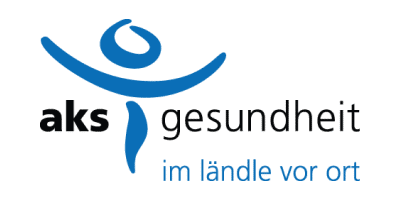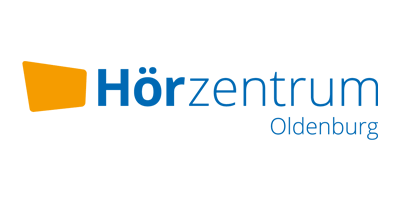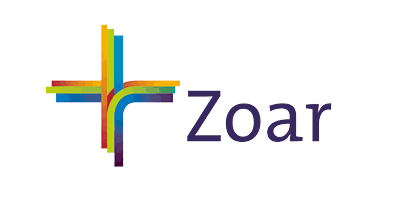Gemeinnützige Werkstätten Oldenburg e.V.
What was your starting point?
In our sector, staffing ratios are stipulated in contracts with various service providers. These need to be regularly monitored to ensure that, for instance, we are not too overstaffed. We did this first and foremost in Excel, which is a lot of work, especially with our size and our organisational hierarchy. We could only do this once or maybe twice a year, even though these data are of paramount importance for HR management.
What were the highlights?
I’m impressed at how quickly you can obtain information – once the structure has been built – i.e. at the touch of a button. We’re now able to analyse data every month that we could previously only evaluate sporadically because of all the effort involved. This enables an efficient weak point analysis and allows us to identify potential savings.
What lessons have you learned?
It’s absolutely essential to think carefully about the structures beforehand and to check whether they make sense. Why do I need a particular KPI? Does it provide a gain in knowledge that would ultimately make the investment in it pay off? It’s important to bear in mind at the outset how many staff and how much time the project will require. In order to benefit from more time and greater transparency afterwards, you will need to make an investment first.
About Gemeinnützige Werkstätten Oldenburg e.V.
Gemeinnützige Werkstätten Oldenburg e.V. is a training provider for people with disabilities. Its aim is to get disabled people qualified for employment in the open labour market.
"Data evaluations that would have previously been produced just once or maybe twice a year can now be retrieved at any time."
Claudia Scholz
Head of Administration
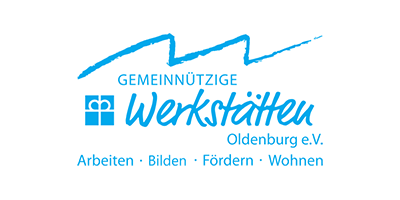

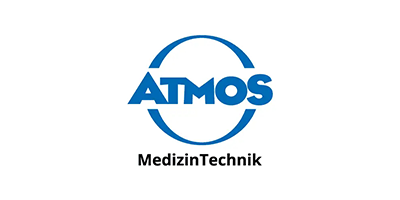

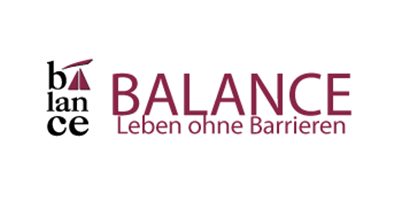
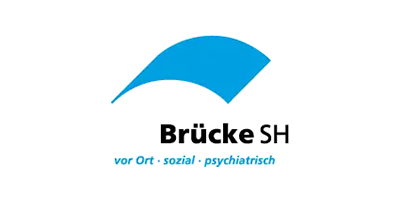
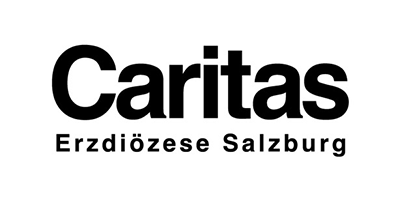

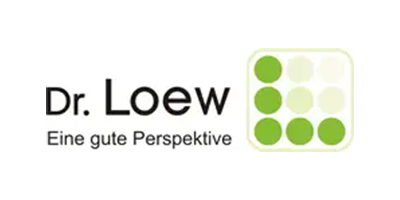
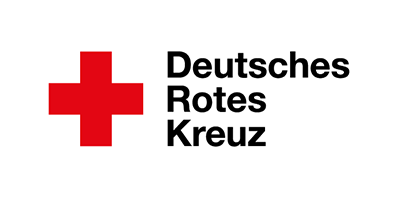
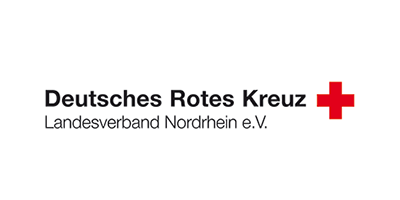
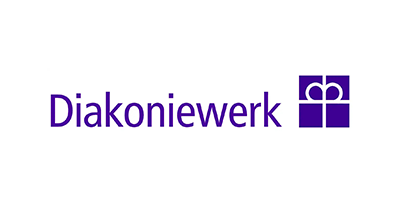
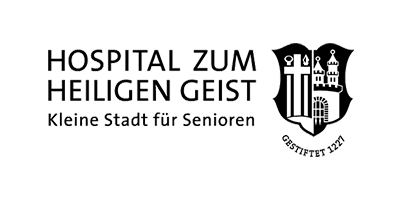
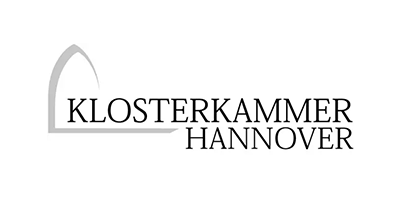
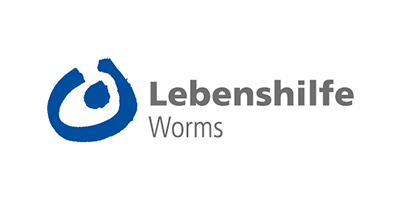

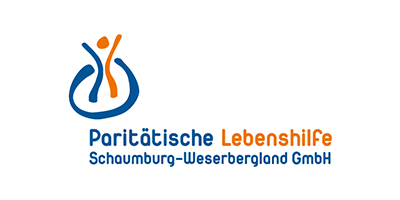
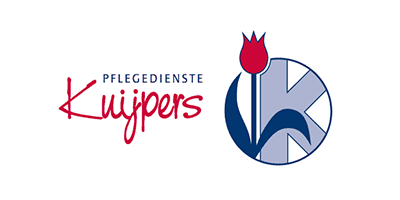

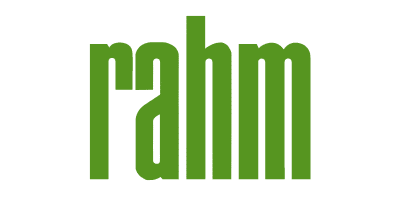

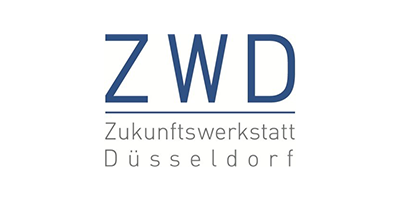

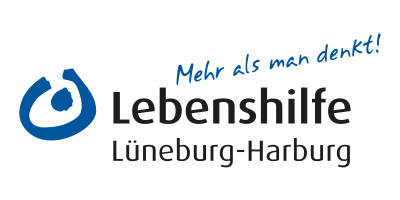


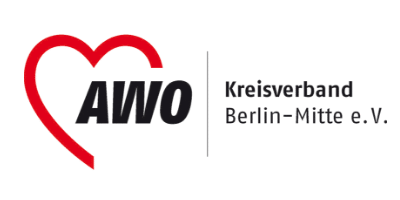
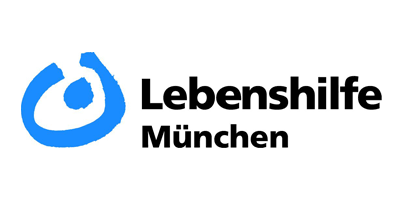
.png?width=400&height=200&name=Zentrum-Ueberleben_400x200%20(1).png)

